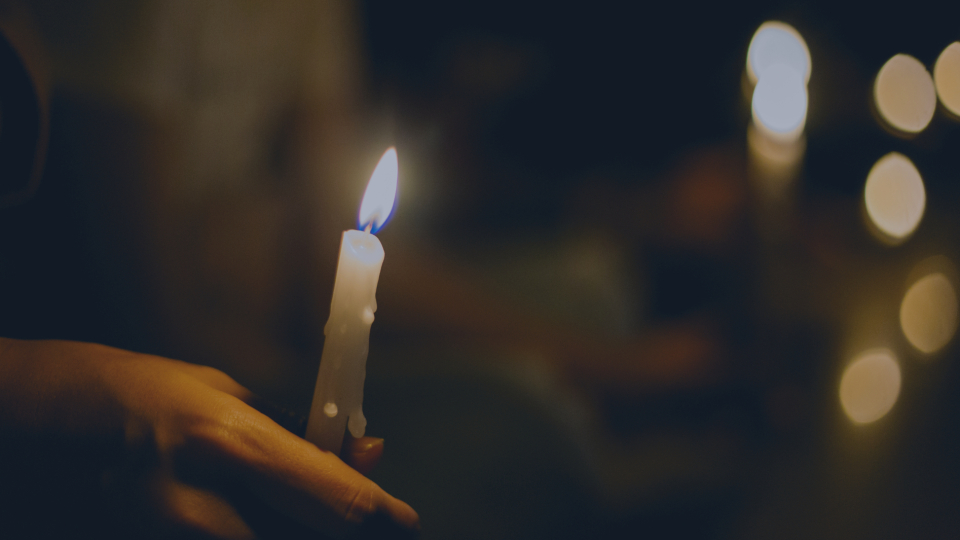Police killings were everywhere in the news in the first few weeks of 2023: Takar Smith, Oscar Leon Sanchez, and Keenan Anderson in Los Angeles, Tyre Nichols in Memphis, environmental activist Tortuguita in Georgia. More recently, we added Irvo Otieno's name to the year's casualties.
Each such killing returns us to the ritual of naming those lost to police violence, fresh additions to a list that already feels endless: Philando Castile, Sandra Blanda, Jayland Walker, Breonna Taylor, Patrick Lyoya, 12-year-old T.J. Sidero, 12-year-old Tamir Rice, 7-year-old Aiyana Mo'Nay Stanley-Jones. George Floyd. Mike Brown. Eric Garner.
But what about the names we don't hear? The simple and largely unacknowledged fact is that police killings that make it into the national news cycle are hardly even the tip of an immense iceberg. According to ongoing reporting by The Washington Post, law enforcement shoots and kills an average of three people every day in this country. Yesterday. Today. Tomorrow. Every. Single. Day.
On Feb 8, police in Chicago shot and killed Isidro Valverde; body cam footage shows him on the ground, trying to stand and run, when nine shots were fired. Police in Elk Grove, CA shot and killed Booker T. Pannell III on Feb 21, his hands up as he begged: “Please, please, I don’t want to die." The following day, police shot and killed Timothy McCree Johnson in Tysons Corner, VA; he was suspected of having stolen a pair of sunglasses. On March 3, police shot and killed violence intervention activist Najee Seabrooks in Paterson, New Jersey; Seabrooks was experiencing a mental health crisis and someone had placed a 911 call for help.
Just four more examples of the 253 people shot and killed by police in the first three months of this year alone—that we know of. Data regarding police shooting deaths are not systematically gathered or reported at either the local or federal levels. We do know this much though: White people make up 76% of the U.S. population and about 51% of those shot and killed by police; Black people, on the other hand, make up 14% of the country's population—and 27% of those shot and killed by police.
Yet even if we take the numbers to which we do have access at face value, they fail to tell the whole nightmarish story—after all, police often kill people without firing a single bullet. Keenan Anderson, for instance, was tased to death. Tyre Nichols was beaten to death. Irvo Otieno was smothered to death. Eric Garner was choked to death. George Floyd was asphyxiated with Derek Chauvin's knee on his neck.
On Jan 17, police in Raleigh, NC tased Darryl Tyree Williams to death. On Feb 12, an officer tased Edmond Exline to death in West Virginia. On March 5, police beat and tased Antonio Ibañez in Montclair, CA; he died ten days later.
Out-of-control violence by armed agents of the state—in the name of "public safety"—has been a threat to life and limb since before the country was founded; Black, Brown, and Indigenous people said so for hundreds of years. A study published two years ago in the British medical journal The Lancet showed that from 1980 to 2019 alone, police killed close to 31,000 people in the U.S.—but more than 17,000 were unaccounted for in official law enforcement statistics. The uprisings of 2020 may have focused the nation's attention for a few months, but the violence never abated.
Under the circumstances, it's quite literally impossible to keep track of every life that law enforcement officers steal from their communities, their friends, their families in the course of any given year. The grief would overwhelm, but so too would the numbers.
We can't know all their names. We can't know all they leave behind. We can only guess at the trauma their loved ones must now endure. But we can honor the tens of thousands of people killed by this nation's law enforcement by dedicating ourselves to the work of building a new vision of public safety, one in which the people paid to serve and protect are not so often agents of death.

